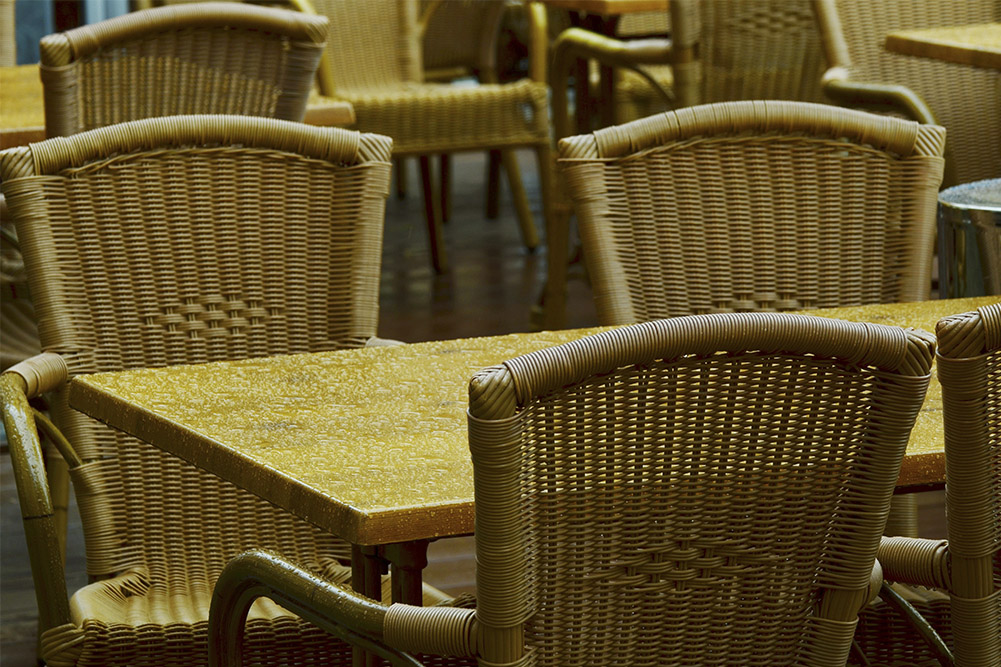Homes and buildings around the world have been built out of bamboo for millennia, but researchers at the University of Pittsburgh's Swanson School of Engineering are working to make the grass the building material of the future in developing countries.
Bamboo is stronger than timber, is more accessible in remote parts of the world and can perform better in earthquakes and other natural disasters, said Kent Harries, an associate professor of civil and environmental engineering at Pitt who is studying bamboo.
"There's a reason it has survived 2,000, 3,000, 4,000 years as a building material," Harries said. "Because it works."
Harries will share a $300,000 grant from the National Science Foundation with researchers atDurham University and theUniversity of Puerto Rico at Mayaguez to study bamboo's potential as a building material. Harries believes this is first time the National Science Foundation has funded research into bamboo. The grant is the first of its kind between Pitt and thePuerto Rican university.
The collaboration with Puerto Rico hopefully will give Harries and his team access to species of bamboo he has trouble obtaining in Pittsburgh.
Pandas don't eat the type of bamboo Harries is interested in, which can have stalk walls nearly 2 inches thick and be as big around as coffee cups or small plates. Bamboo can grow almost anywhere in the world but is most commonly found between the tropics, Harries said. Some species could grow in Pittsburgh but would have trouble surviving an extremely harsh winter.
Harries said there are about 1,200 species of bamboo, of which about 100 could potentially be used for building. Of those, about 30 are used, and only five to six species are commercially viable.
Top bamboo researchers from 17 countries gathered in Pittsburgh in May for a Symposium on Bamboo in the Urban Environment. Their work resulted in the "Pittsburgh Declaration," which seeks to tout the benefits of bamboo and better use it as a building material.
The grant will fund work to develop standardized tests to assess the strength and other mechanical qualities of bamboo. Harries and his students are working on those tests in a basement lab at Swanson School of Engineering. Long stalks of bamboo are stacked like lumber ready to be bent and buckled.
"The neat thing about bamboo is nature has optimized it," Harries said. There is a higher concentration of fibers at the outer edge of a bamboo stalk than the inner, putting more strength where it is needed, he said. A commercially usable piece of bamboo can be grown in two years. It can take 10 to 30 years to grow a similar piece of timber.
But bamboo has an image problem. People think it is used only by poor communities that can't afford traditional building materials. Harries hopes his research eventually changes that.
His work with bamboo has taken him around the world, from South America to Africa to the foothills of the Himalayas. In Darjeeling, India, Harries saw how bamboo structures withstood a 2006 earthquake better than others. He envisions rapidly deployable bamboo shelters to offer relief to areas such as Haiti in the aftermath of disasters.






















